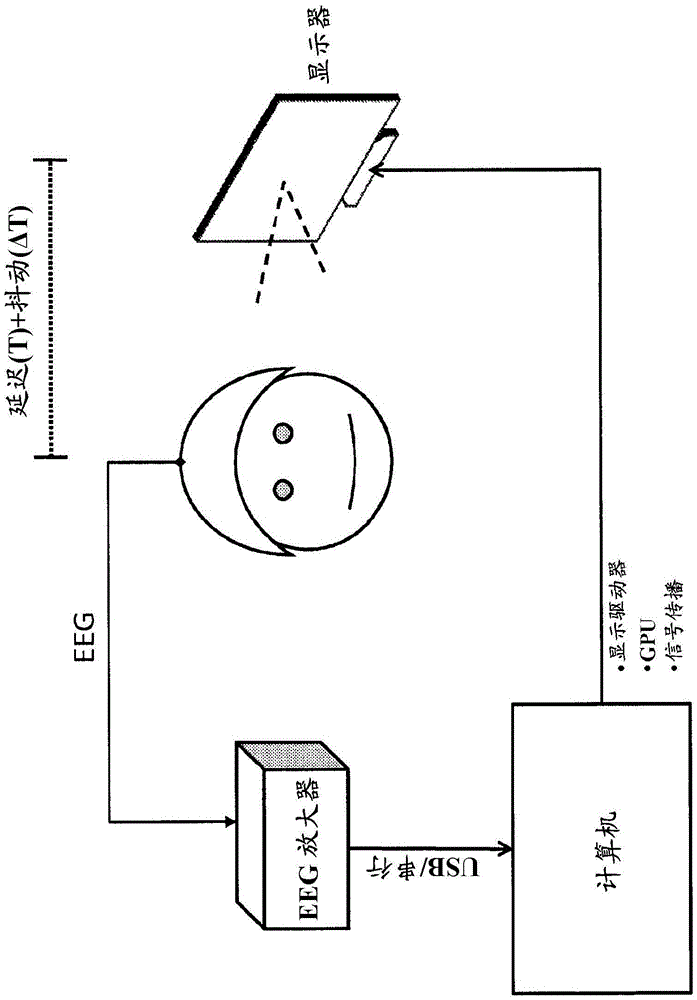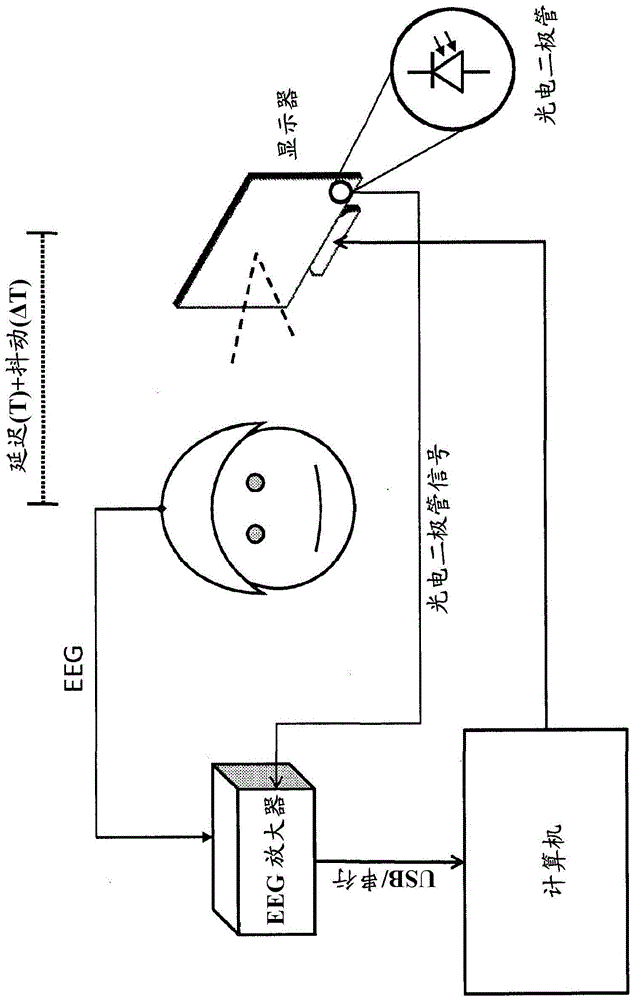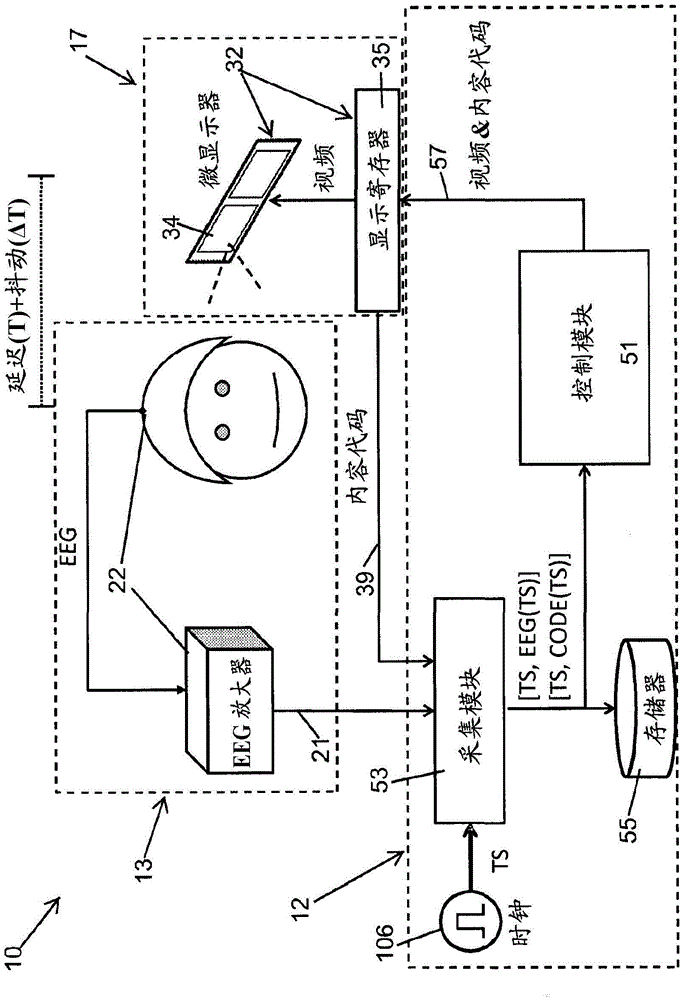Physiological parameter measurement and feedback system
A physiological parameter and sensing system technology, applied in the field of physiological parameter measurement and feedback system, can solve the problem of signal-to-noise ratio reduction and achieve the effect of reducing the number
- Summary
- Abstract
- Description
- Claims
- Application Information
AI Technical Summary
Problems solved by technology
Method used
Image
Examples
example 1
[0160] Example 1: Operation of system (10) in the exemplary "reach for object" task
[0161] In this particular example, an object 110 such as a 3D disk is displayed to a user in a VR environment 112 . The user is instructed to use his virtual arm 114 to reach for the object. In the first case, the arm 114 is animated based on data from the skeletal tracking module 16 obtained from the sensors of the position / motion detection system 16 . In the second case, where the motion detected by the skeletal tracking module 16 is negligible or no motion is detected, the motion is based on the motion-related motion detected by the physiological parameter sensing system 14 from the physiological parameter processing module 52 data, and in particular, the data may come from EEG sensor 22 and / or EMG sensor 24.
[0162] Figure 7 and 8 a-8g illustrate this process in more detail. exist Figure 7 In Phase 1 of , a user, such as a patient or operator, interfaces with a user input device ...
example 2
[0171] Example 2: Hybrid Brain-Computer Interface with Virtual Reality Feedback Utilizing Head-Mounted Displays, Robotic Systems, and Functional Electrical Stimulation
[0172] Purpose: Provide optimal training to patients with upper body movement disorders caused by neurological problems (eg, ALS, stroke, brain injury, locked-in syndrome, Parkinson's disease, etc.). These patients require training to regain lost / degraded motor function. A system that reads their intention to perform functional movement and provides assistance in accomplishing said movement can enhance rehabilitation outcomes.
[0173] To this end, the system may employ Hebbian learning to associate input and output areas of the brain in terms of reorganizing lost motor function. The Hebbian principle is that "any two systems of cells in the brain that are repeatedly active simultaneously will tend to become 'associated' so that activity in one cellular system promotes activity in the other".
[0174] In t...
example 3
[0211] Example 3: Brain-Computer Interface with Augmented Reality Feedback and Neurostimulation Activated by Motion Data
[0212] Purpose
[0213] The system can provide precise neural stimulation related to actions performed by the patient in the real world, resulting in reinforcement of neural patterns for intentional behavior.
[0214] illustrate
[0215] Use the camera system to capture the user's motion and the motion of the second person and objects in the scene for behavior analysis. Additionally, neural data is recorded with one of the modalities (EEG, ECOG, etc.) synchronized with the IMU data. Video captured from the camera system is interleaved with virtual objects to generate 3D augmented reality feedback, which is presented to the user via a head-mounted display. Finally, the appropriate neurostimulation parameters are generated in the control system and sent to the neurostimulator.
[0216] Due to the delay and jitter between the user's behavior and phy...
PUM
 Login to View More
Login to View More Abstract
Description
Claims
Application Information
 Login to View More
Login to View More - R&D
- Intellectual Property
- Life Sciences
- Materials
- Tech Scout
- Unparalleled Data Quality
- Higher Quality Content
- 60% Fewer Hallucinations
Browse by: Latest US Patents, China's latest patents, Technical Efficacy Thesaurus, Application Domain, Technology Topic, Popular Technical Reports.
© 2025 PatSnap. All rights reserved.Legal|Privacy policy|Modern Slavery Act Transparency Statement|Sitemap|About US| Contact US: help@patsnap.com



